How to prevent salinization of land
一.Measures:
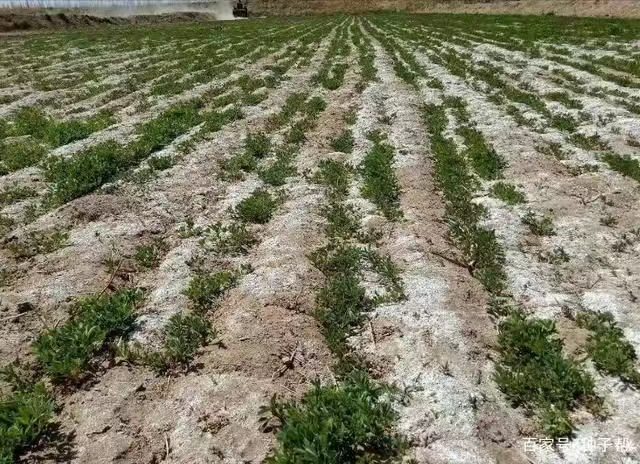
1.It can be analyzed and operated by leveling the land, improving cultivation, fertilization, sowing, planting, intersticulture, etc., strengthen the management of Chinese agricultural enterprises, and try to choose reasonable planting.
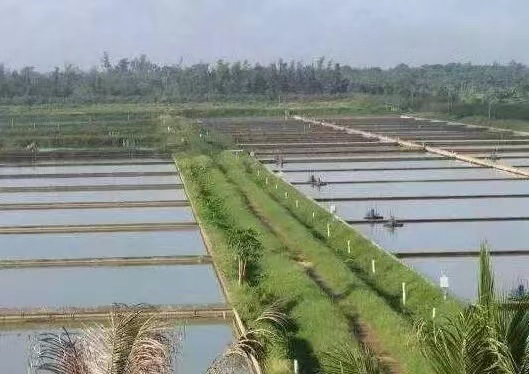
2.Improve water conservancy and strengthen drainage and irrigation management.
3.Biological measures for the improvement of saline and alkaline soil. At present, the methods used by biological measures to improve saline and alkaline soil are generally as:
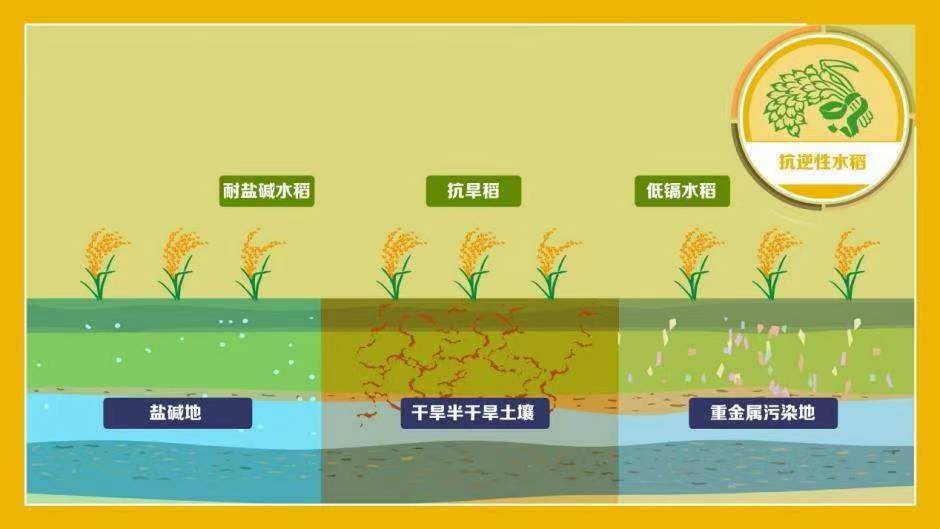
- Directly use saline plants to improve saline and alkaline soil, and directly use wild salt-resistant plants to improve saline and alkaline land;
- Use salt-resistant pasture to improve saline soil;
- Use saline-tolerant shrubs to improve saline soil;
- Improved saline and alkaline land for salt-resistant crops.
4.Research and application of chemical improvement and saline soil improvers. The current saline and alkali soil improvers mainly have the following three types of substances:
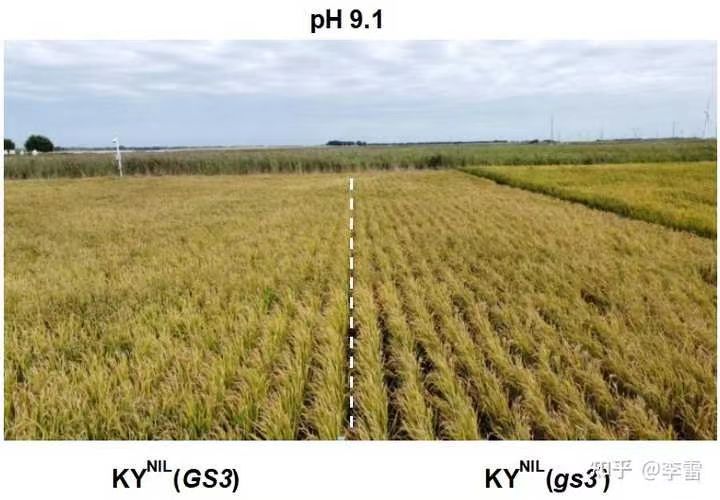
- Calcium-containing substances, such as gypsum, phosphogypsum, lime, etc., mainly use calcium substitution for Na+ as the improved mechanism;
- Acidic substances, such as sulfuric acid and its acid salts, phosphoric acid and its acid salts, mainly use neutralization as the improvement mechanism;
- Organic improvers, such as traditional humus (grass charcoal, weathered coal, green manure, organic materials), industrial synthesis improvers (such as Shidijia, Hekang, polymalic anhydride and polyacrylic acid), industrial and agricultural waste, etc.
二.Principles
There are many ways and measures to prevent and control soil salinization, but comprehensive prevention and control is the most effective. Practice has proved that comprehensive prevention and control must follow the following principles:
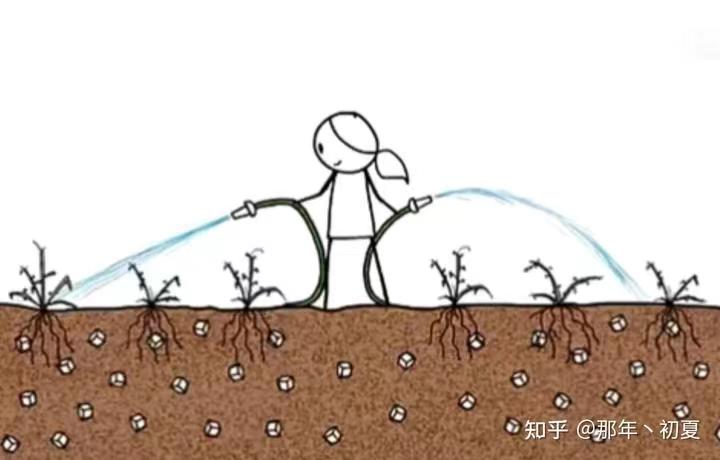
(1)Focus on prevention and control. Areas where the soil is not secondary salined should be prevented with all efforts. In the current process of focusing on treatment, prevention and control measures can be adopted at the same time to achieve twice the result with half the effort. After being treated, it is necessary to adhere to prevention first, and the improved effect can be consolidated and improved.
(2) Water conservancy first and comprehensive treatment: "Salt comes with water, salt goes with water." Water is not only the medium of soil salt accumulation or alkalinization, but also the driving force of soil desalination or desalination. Controlling and regulating the migration of water in the soil is the key to improving saline and alkaline soil. The movement and balance of soil water are governed by the evaporation of ground water, groundwater and soil water. Therefore, the prevention and control of soil salinization must first be water conservancy. Through water conservancy improvement measures, the surface water and groundwater can be controlled, so that the downstream water flow in the soil is greater than Upstream water flow leads to soil desalination and opens the way for the adoption of other improvement measures.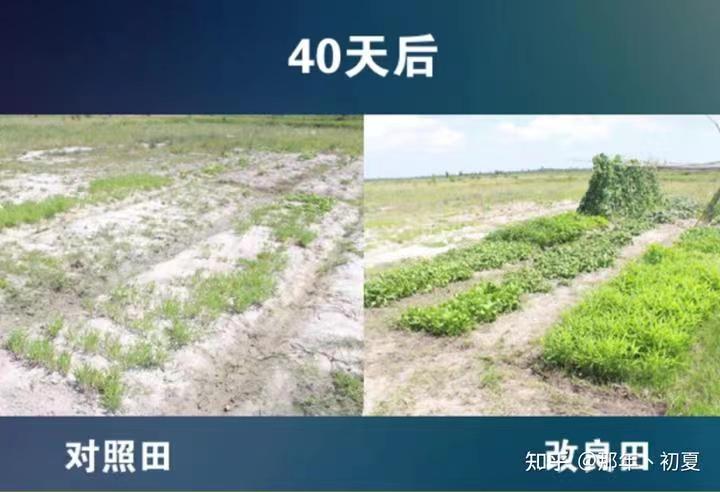
(3) Unified planning and local conditions: the movement of soil water is dominated by surface water and groundwater. To solve the problem of water in reclamation areas, we must start from the river basin, establish a favorable regional water and salt balance, carry out unified planning and comprehensive balance of water and soil resources, 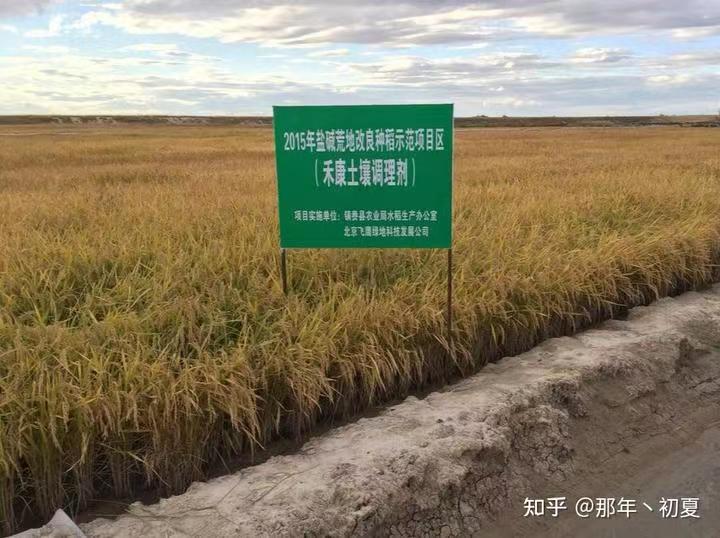 reasonably arrange the development and utilization of surface water and groundwater, and establish a complete drainage and salt drainage system in the river basin.
reasonably arrange the development and utilization of surface water and groundwater, and establish a complete drainage and salt drainage system in the river basin.
(4) Combination and desalination and fertilization: saline and alkaline land treatment includes two aspects: utilization and improvement, and the two must be closely combined. The ultimate purpose of treating saline and alkaline land is to obtain high yield and stable yield and turn saline and alkaline land into good land. For this purpose, we must start from two aspects, one is desalination and alkali removal, and the other is to fertilize the soil. Without desalination and alkali removal, the soil cannot be effectively fertilizerd and the potential fertility of the soil cannot be exerted, nor can the yield be guaranteed; without fertilizer soil, the physical and chemical properties of the soil cannot be further improved, and the desalination effect cannot be consolidated or high yield. It can be seen that the two are closely related and are the only way to build high-yield and stable farmland.
(5) Combination of irrigation and drainage: fully consider the bearing capacity of water resources, implement total control, coordinate regional irrigation and drainage needs, promote agricultural structural adjustment, and implement the combination of irrigation and drainage. The combination of irrigation salt washing and groundwater level control is implemented, that is, irrigation salt washing, and at the same time, the groundwater level is controlled to cause new secondary salinization.
(6) The combination of short-term and long-term: to prevent and control the secondary salinization of soil, a unified plan must be formulated; the prevention and control measures taken should, on the one hand, have practical contents in the near future, and on the other hand, have long-term predictable directions and goals. Only by combining the near and long term can the secondary salinization of soil be successful. Through the efforts of several generations of soil scientists, a series of improvement methods and experiences have been formed in the improvement of saline and alkaline soil improvement, with local conditions, combination and comprehensive treatment as the basic principles, and the combination of water conservancy engineering, bioremediation, agricultural cultivation and the application of improvers as the main means.